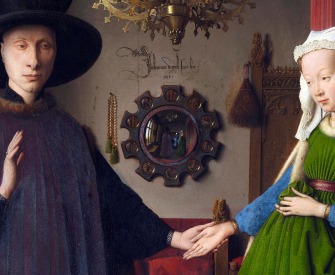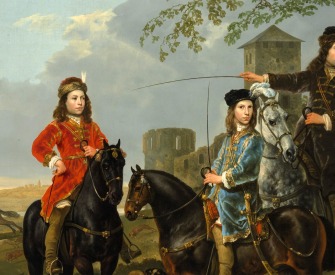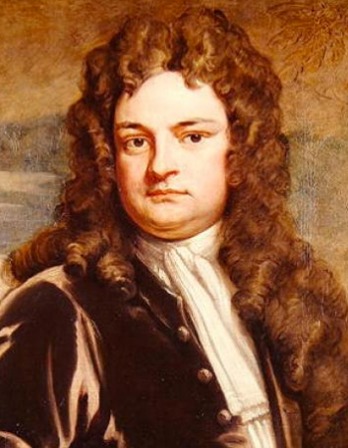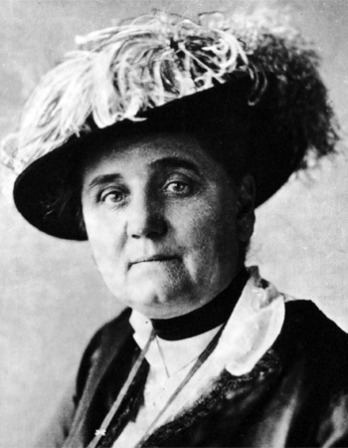Last evening was the first night shooting Apocalypse Now. It was at the Do Long Bridge set. We had all been there several times during the day, but something happened at night. Maybe it was the fires that special effects started, and the arc lights illuminating the hundreds of extras in costume in the trenches. Maybe it was knowing that after all the rehearsing and preparing, this was it. There was a kind of electricity in the air. Parts seemed like a circus. There were so many trucks and strings of lights and cables and people going in and out of the darkness as if the show were about to begin. The main event. The set looked extraordinary. It was better than anyone had imagined. Most things seemed to fall short of expectations, but this was somehow more than anyone had anticipated. It was very hot and humid. I could see the sweat running down people’s faces when they passed in front of a light. Both channels of the radio were going as the first shot was being set up. I could hear, “We need ten Vietnamese extras to be dead in the water. Light the downstream burners. Makeup check for GI extras now. Bring in the crane to the upstream position on the tropical side. Bring the generator barge to the camera first position,” on and on. A light rain began to fall. I was under some coconut palms by a wall of sandbags on the ridge. I couldn’t feel the rain, but I could see it in the paths of light. There were millions of insects around the big lights in the towers. The electricians had wrapped T-shirts around their heads. Only Luciano was just in his bathing suit with a tool belt and gloves. He shouted over the megaphone in Italian to the other light towers and across the river to the generator operator and electricians on that side. I could smell the exhaust from the generator truck near us.
A coconut fell into the trench just in front of me. A GI extra leaped up and grabbed for his helmet. There was a lot of laughing about how he almost got killed on his way to stardom by a falling coconut. Several guys tossed it around like a football. The waiting went on. All the extras had live blanks in their machine guns and rifles, and they were excited about firing them. Several swimmers were in the river rehearsing laying mines and dragging dead Vietnamese out of the water. People were drinking sodas or smoking, sitting quietly in the dark, waiting for the camera barge and the PBR [Patrol Boat, River] to get into position upstream for the first rehearsal of all the action. Occasionally special effects would fire a test rocket or a flare, and the whole set would be illuminated. I could see all the extras silhouetted in the trenches and the cables and technicians and trucks in the background. Giant fingers of lightning flashed in the sky above the bridge. It was a kind of tropical lightning that none of us had seen before. I could hear the special effects men laughing over the radio, saying, “Gee, that one was great, Joe, what did you use to do that?”
Finally there was a dinner break, and everyone moved toward the road and back to where the caterers had set up. There was a palm-frond roof over a large area and rows and rows of tables with lines of crews and cast snaking past the buffet tables. The people who lived in the nipa huts along the road stood around the edge of the eating area, watching the technicians and GIs and everyone having dinner. Little kids called out, “Hi Joe,” choruses of little voices. The site of the set was where a bridge had been blown up by the Japanese in World War II, and never rebuilt. The concrete footings, sticking up from the riverbed, formed the base for the bridge our crew built. The set bridge is scheduled to be blown up, too.
Our older son Gio was an extra. He had a full-pack GI outfit on and was carrying an M-16 automatic rifle. He had black makeup on his face. He is twelve. He was as tall as some of the shorter men. After the meal break, everyone got into position and the rehearsals began. The first shot got off about 11:00 p.m., with the PBR coming downriver and the camera boat trying to maintain a position behind and to the side. Flares, rockets, and several big flame balls were set off. It looked great from where I was shooting. While they set up for the second take, it started to rain again. Our younger son Roman had fallen asleep on some sandbags, and the company nurse told me I should take him home, he would get sick. I woke him up, but he didn’t want to go until after the next take. One of the extras gave him a flak jacket to put on the ground next to the wall where it was relatively dry and he went back to sleep. The second shot didn’t go until about 12:30 a.m. I woke Roman up, but he kept closing his eyes and missed most of the main effects. I gave the camera to Doug to see if he could get some shots of the effects men during the next take, and I started home with Roman. As we walked along the road toward the car, I could see in the windows of the nipa huts, lit by the production lights. People were sleeping on the floor under mosquito netting or wrapped in a cloth. Francis and Gio came home at around 3:00 a.m.
© 1979 by Eleanor Coppola. Used with permission of Georges Borchardt, Inc., on behalf of the author. All rights reserved.
From Notes on the Making of Apocalypse Now. The film necessitated 283 days of shooting on location in the Philippines, during which Martin Sheen suffered a heart attack; the film was not completed until 1979, ten years after the project began. Eleanor Coppola published this book in 1979 and used her behind-the-scenes footage from the shoot to make the documentary Hearts of Darkness, released in 1990.
Back to Issue





